Sony NEX-3N Review
Sony NEX-3N Review
We go hands-on with the Sony NEX-3N – Sony's latest Compact System Camera
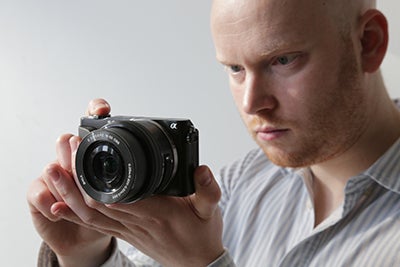
Verdict
Key Specifications
- Review Price: £400
Sony NEX-3N sample image gallery
Sony has complimented the release of the Sony A58 with the launch of the Sony NEX-3N – an all-new entry-level Compact System Camera. Arriving eight months after the launch of the Sony NEX-F3, the Sony NEX-3N becomes the world’s smallest and lightest interchangeable lens camera with an APS-C sized sensor.
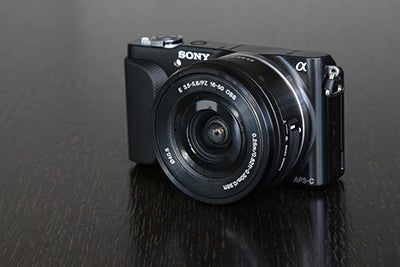
Sitting just below the Sony NEX-5R, the Sony NEX-3N is an incredibly lightweight compact system camera that weighs just 210g on the scales. The camera features the same 16.1MP sensor as found on Sony NEX-5R, however Sony claim new algorithms have been used to further improve the image quality at high ISO. Similar to the Sony A58, the Sony NEX-3N offers a wide sensitivity range of ISO 200-16000.
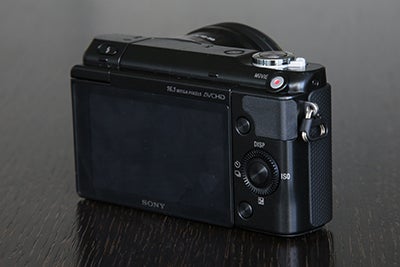
Complemented by an evolved BIONZ processor that uses the same area specific noise reduction techniques featured on the acclaimed full-frame A99, the levels of noise reduction and sharpness are individually adjusted for different image areas. Adding to this, the Sony NEX-3N features a redesigned handgrip. The shape of the grip may be smaller but it has been enhanced to make it more comfortable to hold in the hand. What’s more, the 3in, 460k-dot screen can be tilted by 180 degrees to make it easier to shoot self portrait images.
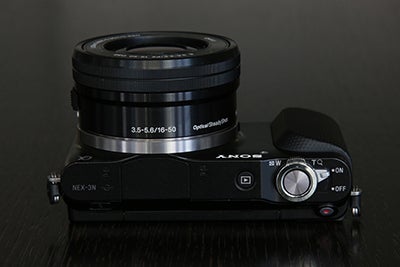
Developments to the body include a newly added zoom lever, offering fingertip control of focal length with compatible lenses like the slim, light 16-50mm f/3.5-5.6 power zoom that’s available in kit form. Great for one-handed portrait framing, the zoom lever has a dual purpose and can be used to adjust the digital zoom when not using a powered lens.
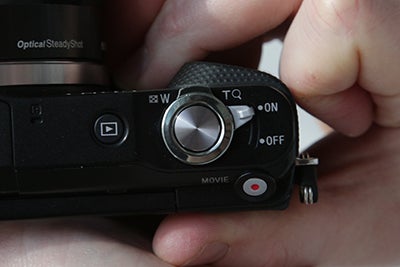
Anyone who knows a thing or two about photography understands that great photos start with a great composition. The Sony NEX-3N features a brand new Auto Object Framing technology which is designed to help shoot better looking, more professional results with minimal effort. The camera judges what is in the scene – one person, two people or even macro and moving objects – automatically cropping the shot to create more powerful, professionally framed compositions.
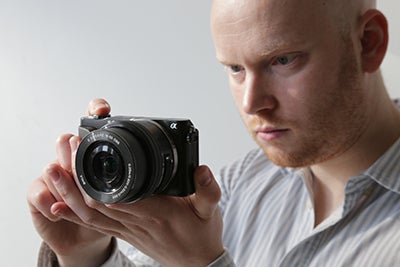
The Sony NEX-3N is currently supported by 13 different e-mount lenses and is expected to hit the shelves in mid-March just before Easter. Two kit options will be made available, with the Sony NEX-3N and 16-50mm power zoom costing approximately £400. The twin lens kit (16-50mm and 55-210mm) is expected to cost in the region of £600.
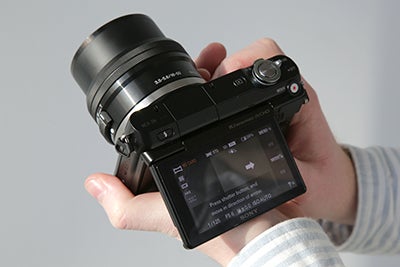
Watch our first look video review…
//
Technical Specifications
Image sensor: Exmor APS HD CMOS with approx. 16.1 effective megapixels
Autofocus system: Contrast-detection with 25 AF points
ISO sensitivity range: Still images: ISO 200 – 16000 Movies: ISO 200 – 3200 equivalent
Movie recording format: Full HD video AVCHD 50i/25p
Optical viewfinder: N/A
LCD screen: 7.5cm / 3.0-type 460K-dot; tilt angle up 180°
Continuous shooting: 4 fps (approx.)
Picture Effect: 11 modes, 15 effects
Dimensions: 109.9 x 62.0 x 34.6 mm (approx.)
Weight: (with battery and memory card; approx.) 269 g
Weight: (body only; approx.) 210 g
Battery life: (approx.) 480 shots
Connections / interfaces: Multi/Micro USB* (allows charging); HDMI Type D
*Supports Micro USB compatible device
Built-in flash: GN4; ISO 100·m / (GN6; ISO 200·m)


